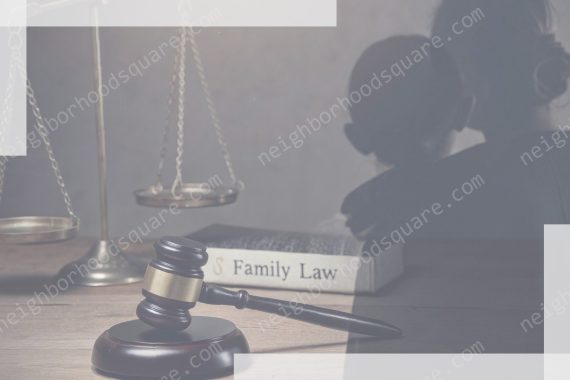Finding the Right Employment Lawyer in Knoxville, TN
Overview of Knoxville Employment Law
Employee rights and workplace protections are governed by a complex set of federal, state, and local laws. In Knoxville, these issues are primarily addressed in the following areas:
Employment contracts- A written or verbal agreement between an employee and employer. In most cases, as a right-to-work state, Tennessee employers and employees are not bound to a contract unless it is signed by both parties. Employment contracts are not required in Tennessee; however, many employers choose to implement them.
Employment classification- Employment classification is often misunderstood. This covers the various categories of individuals who can be hired to work for someone else, such as an employee vs. independent contractor. Employees are only entitled to overtime wages if they work more than 40 hours in a week, while independent contractors are generally not entitled to overtime for any hours worked. Misclassification can be particularly troublesome for employers.
Termination of employment- Employers in Tennessee can fire anyone at any time, provided there is no contract. Employers cannot fire employees based on a protected class or other protected category, nor is it usually permissible to terminate an employee on the basis of sexual orientation or behavioral issues not supported by actual disruption of the operation. Employers may be liable for wrongful termination that results in an employee’s stress-related illness as well.
Wage and hour laws- Under the Fair Labor Standards Act , every employer is required to pay employees when they work. Employers in Tennessee are not required to pay overtime to employees under the age of 18, but are generally encouraged to do so.
Employers can rarely avoid overtime, which is calculated at a time and a half per hour beyond 40 hours in a week. Overtime pay is based on total hours worked for each individual day, so employees who are asked to work 10 hours Monday through Friday must receive twice their regular hourly rate for any hours they were working after 40 that day.
Common Lawsuits
The employment laws above provide only a summary of the many ways employers can violate workplace protections. Below are a few of the most common legal issues that arise when those laws are violated.
Employment contract violations- If an employee works solely under the constraints of an employment contract, any violation on the part of the employer may be cause for a lawsuit.
Sexual harassment or harassment based on a protected class (Racial, age, national origin, marital status, etc.)- Employees are protected from harassment and retaliation from supervisors, managers, and co-workers. Employers are responsible for maintaining and enforcing a harassment policy in the workplace.
Discrimination- Like harassment, discrimination occurs when an employer treats an employee unfairly or unjustly on the basis of an employee’s protected class. A person does not have to be a member of a protected group to file a discrimination suit against an employer.




